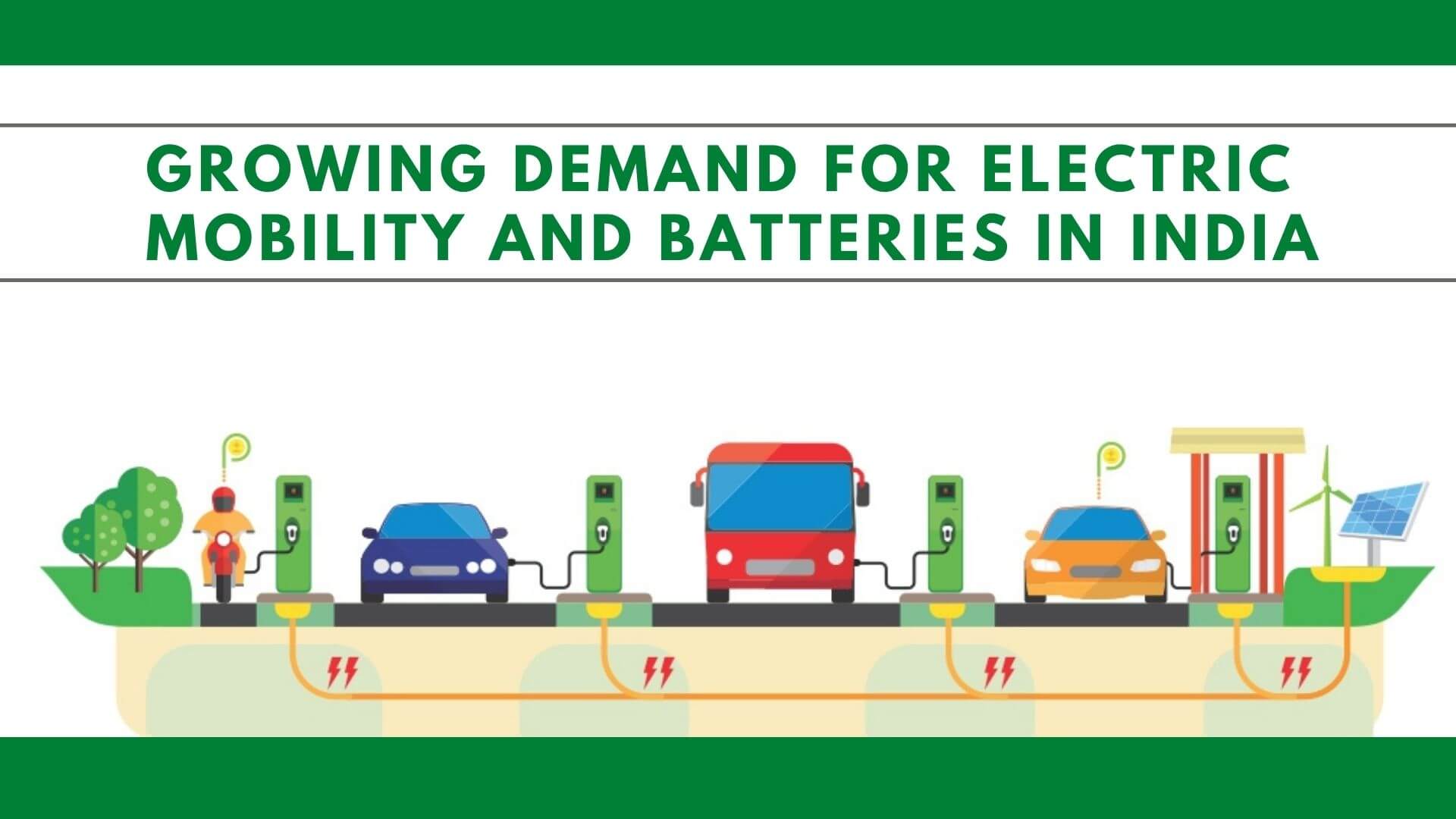
COP26 has not only offered much-needed incentive to shift away from fossil fuel-based energy sources, but it has also underlined the importance of using innovative technologies to accelerate the transition to green energy.
India’s Prime Minister has set an ambitious goal of 500 GW of non-fossil fuel-based energy generation by 2030, as well as a reduction of 1 billion tonnes of predicted carbon emissions.
India will need a big quantity of grid storage and a large rise in the number of electric vehicles to meet these goals (EVs). However, increasing local manufacturing, exploring new pathways, and allowing global competition in emerging sectors like energy storage are all necessary.
Table of Contents
Global Lithium-ion Battery Supply Chain Raking

India currently has a minor position in the global supply chain for advanced cell technology manufacturing. Advanced batteries are a cornerstone technology, and their production in India might allow domestically supplied batteries to meet demand from electric vehicles, grid storage applications, consumer electronics, and other applications.
It is an excellent opportunity for India to take the initiative and encourage the development of a domestic battery manufacturing ecosystem that would fulfill the country’s future energy storage market needs while also reducing its reliance on imports to meet the needs of the advanced energy economy.
Global Annual Lithium-ion Battey Demand by End-Use

Fundamental forces at the junction of global technology trends and India’s fast-rising economy are driving the focus on transportation electrification as a main technology avenue to achieve this change.
How India will meet the growing demand for electric mobility and batteries?
India has committed to making 30 percent of its vehicle sales electric by 2030, which aligns with the country’s overall goals of reducing its economy’s carbon intensity by 45 percent by 2030, as declared at COP26.
Along with strong signals in favor of electric mobility, the Indian government and corporate sector have suggested that the renewable energy industry has a bright future. To complement solar and wind projects, achieving significant levels of renewable energy penetration on the grid will naturally provide a large market opportunity for stationary storage.
Stakeholders at all levels of the electricity system, including utilities, grid operators, and end-use customers, can benefit from stationary energy storage systems (ESS).
With the industry’s rate of cost reduction, batteries are becoming increasingly competitive with incumbent technology, resulting in increased demand for stationary storage applications from a wide range of stakeholders.
So, why batteries now?
- The Importance of Integrating a Higher Share of Renewables in Global Climate Action: India is attempting to accelerate decarbonization efforts in step with global momentum on climate action, with existing NDC commitments bolstered by the recent announcement of a net-zero target by 2070. India has committed to obtaining 50% of its energy needs from renewable sources by 2030, with a target of 500 GW of non-fossil fuel energy capacity. Battery technology advancements will be critical to accomplishing these objectives.
- Energy Safety: Much of India’s energy value chain is reliant on imports, including commodities like crude oil and natural gas, as well as products like solar panels and lithium-ion batteries, which are essential for decarbonization. As the energy revolution intensifies, indigenous battery manufacture will become increasingly important in guaranteeing the country’s energy security.
- Air Pollution: India’s local air pollution continues to be a major problem. 22 of the world’s top 30 most polluted cities are in India, and as the country’s urbanization accelerates, the situation is only going to become worse. Electric vehicles will be critical in reducing pollution in metropolitan areas.
- Ambition for Electric Vehicles: India has set an ambitious target of attaining the EV 30@30 goals in order to take the lead in this cutting-edge technology disruption. As a result, the annual share of batteries required for mobility is expected to rise, making transportation a significant demand area for batteries.
- Industrial Development and Indigenization: Battery production offers an opportunity to participate in and lead a global sunrise sector while also accelerating indigenization of the energy and transportation value chain.
- Falling Battery Prices: As battery prices decline, numerous end-use applications are becoming more economically viable. This tendency will only accelerate as battery performance improves in lockstep with price reductions.
Conclusion
The analysis estimates that yearly demand for batteries will range from 106 GWh to 260 GWh by 2030, depending on the scenario. Around 40% of this demand is estimated to come from electric vehicles, including freight.
Furthermore, grid support software can promote the transition to a decarbonized grid by allowing the creation of a robust power sector and facilitating the adoption of increasingly bigger shares of renewables.
Despite their tremendous value offer, India is currently heavily reliant on cell imports from other countries and has relatively limited domestic module and pack assembly capabilities. Government goals to limit continuous reliance on imported cells must be complemented by targeted policies and planning.






